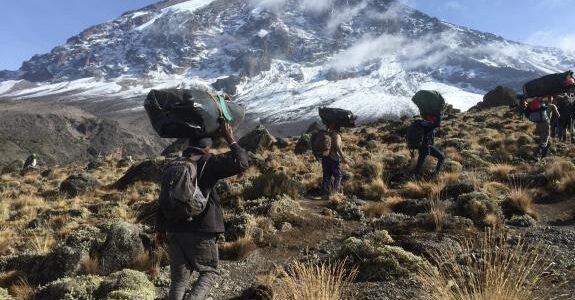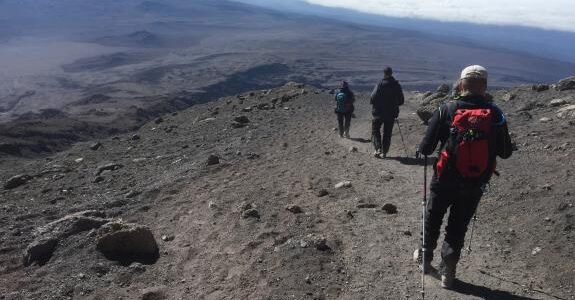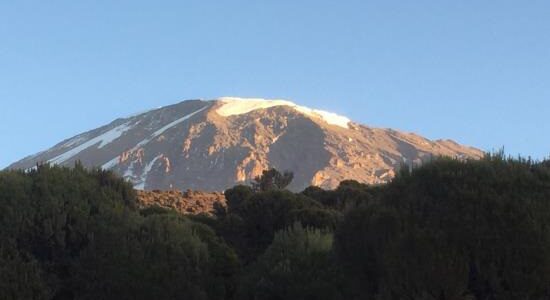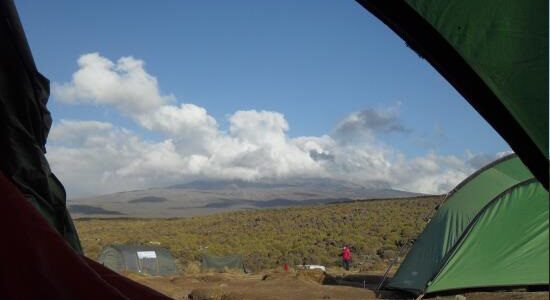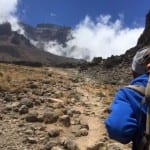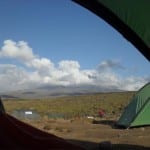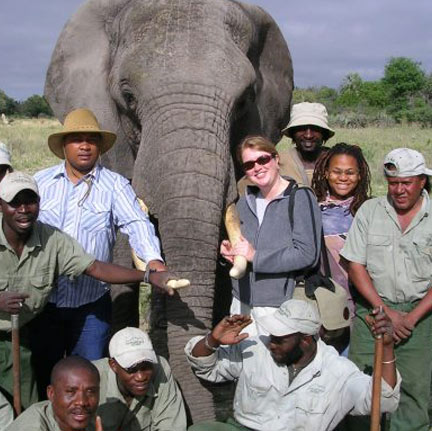Kilimanjaro, the ‘Mountain of God’, has been revered by the local tribes for many years and it was believed that those attempting to climb to the summit would be punished by the spirits. The first European to achieve this feat was Hans Meyer, a German geologist, in October 1889 and it has remained an enduring challenge ever since. It is the highest and youngest of the three large East African volcanoes (Mount Kenya and Mount Elgon being the other two) with its oldest lava flows dating back to approximately 1 million years ago.
Kilimanjaro
Why visit Kilimanjaro ?
The dry, warm months from mid-December to March and the dry, but cooler months between June to October are generally the best times to trek on the mountain when the weather is most favourable. From November to mid-December is a little more unpredictable with some beautiful sunny days mixed with some poor weather. The months of April and May should be avoided since it can be very wet with heavy snow and therefore also very cold.
The views tend to be that much clearer after the end of the rains in May since the dust in the air is swept away, although the views on clear days are breathtaking throughout the year. It should be noted that weather patterns are changing throughout the world and becoming less predictable, so it is important that you come prepared for poor weather on the mountain at any time of the year.
There are a number of different routes and different combinations of routes and although there is usually a minimum number of days for all routes, there is no maximum. Therefore you can take your time in order to become well acclimatised and we can tailor arrangements for you so that you can proceed at your own pace.
LOCATION
TANZANIA INFO
Visa
A Visa is required for UK passport holders.
Health Requirements
Yellow Fever vaccination required if arriving from an endemic area.
Time Difference
GMT + 3 Hours
Flight Time
11.5 Hours Indirect
NEWSLETTER SIGNUP
Keep up-to-date with the latest travel trends, inspiration for future trips and competitions to win luxury travel vouchers.
Subscribe










